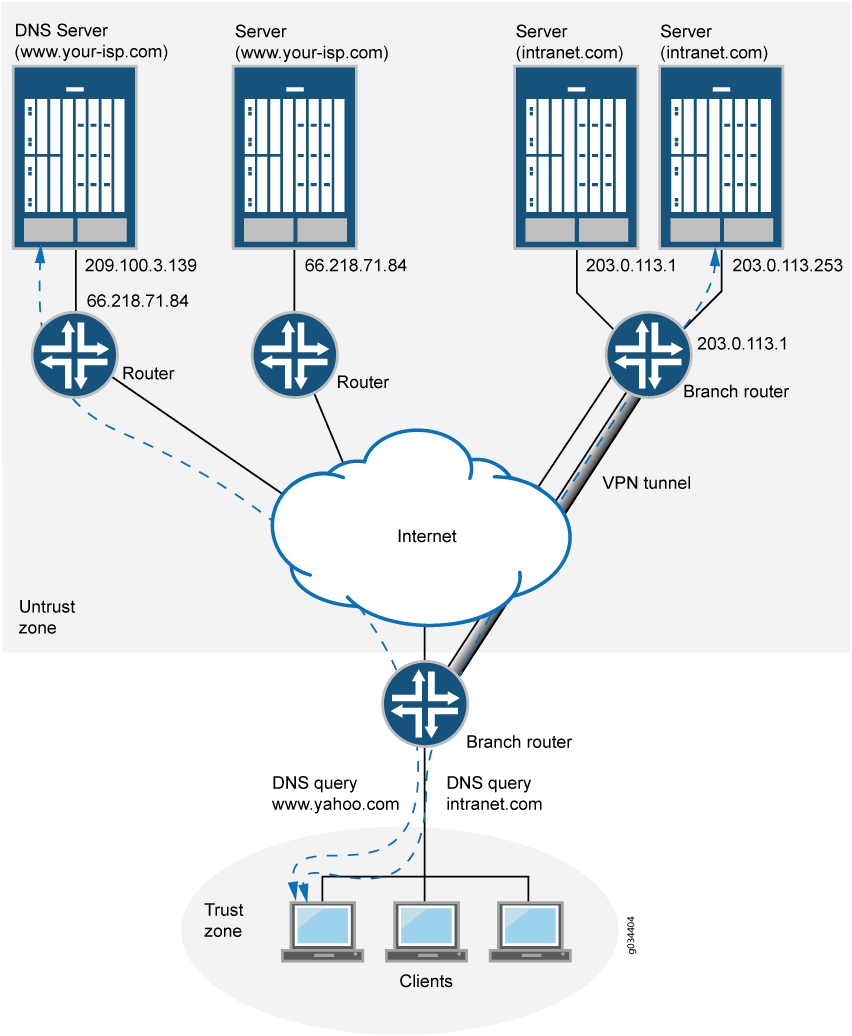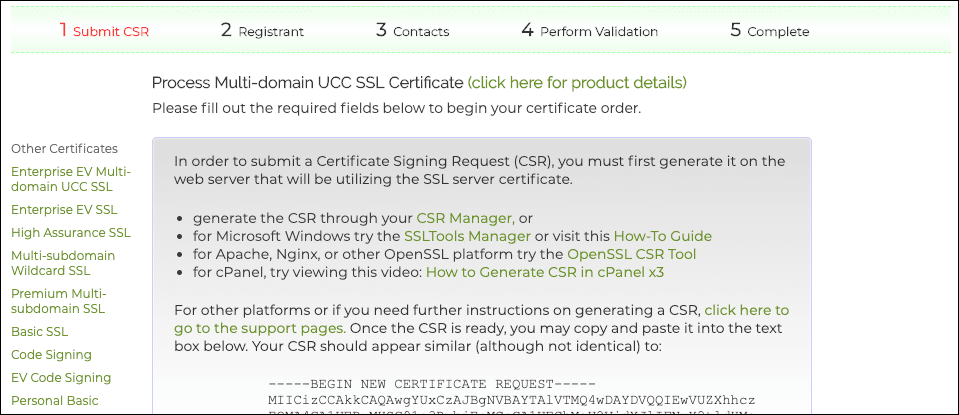
FTP is often a matter of choice for users. This is especially true when the FTP client they use is behind a Firewall. FTP in passive mode is easier to operate and better suited for firewalls and NAT routing.
FTP is Internet Protocol (IP), which allows files to be transferred between two computers via a server and client. FTP protocol has two channels: a command channel and a data one. They are used together to transmit information from client to server.
The client initiates command channel between the FTP server and the client by sending the PORT command to TCP port 21, The server then responds by connecting back to the specified client data port on its local data port, which is typically TCP port 20.
The FTP connection works as long as the FTP client does not have a firewall. The client's firewall would then block any connection requests from the FTP servers, preventing the transfer of files.

A simple solution to this problem is changing the client mode from active into passive. In passive mode, the FTP client still initiates the command channel, but instead of sending a PORT command to establish the data connection, it sends a PASV command. The FTP servers replies to PASV commands by indicating a (randomly selected) data port for the transfer.
In Active mode also, the client sends a port command to initiate data channels with the FTP servers. The reverse data channel is less firewall- and NAT-friendly than passive mode.
Firewalls, which are software pieces that secure networks through limiting certain traffic types to specific ports, help keep them safe. This is often done to protect against unauthorized access, but can also cause problems when using FTP.
Network Address Translation devices (NAT) are another way to prevent unauthorized connections. These devices are used to enable multiple computers to share the same IP address. They can also serve as a firewall when external connections arrive. NATs block connections to internal systems well, but are often difficult to set up for firewall support.
Passive mode is designed to ease the burden of firewall configuration on the client. In passive mode the client initiates the control on port 21 but instead of sending the PORT command it sends the PASV command. This command is used to tell the FTP Server to return an address and port number to the client for a data channel.

If you have enabled Automatic Passive Mode in Fetch, then you will be switched automatically to passive when Fetch encounters an error while trying to establish a connection. If that does not work you can manually activate the passive mode in the FTP Setting menu by selecting the Passive Mode.
Clients can choose between active or passive mode, though passive mode is usually better for NATs and Firewalls. Clients can be set up to only use high-level port ranges on the server. This will limit the ports that a firewall can block. It will also reduce the risk of a server being blocked by a firewall.
FAQ
What Types of Websites Should I Create?
This question is dependent on your goals. Your website should be able to sell products online. This will allow you to build a successful business. To make this happen, you'll need a reliable eCommerce website.
Other popular types of websites include blogs, portfolios, and forums. Each requires different skills. To set up a blog for instance, you'll need to learn about blogging platforms like Blogger and WordPress.
You will need to decide how to customize your website's look when you select a platform. You can find many free templates and themes for every platform.
Once you have selected a platform you can add content to your website. Images, videos, text, and other media can all be added to your pages.
You can publish your website online once you have launched it. Once your website is published, visitors will be able to access it in their web browsers.
Can I make my website using HTML and CSS?
Yes! If you've followed the steps, you should now be able create your website.
After you have learned how to structure a website, you will need to know HTML and CSS.
HTML stands for HyperText Markup Language. It's like creating a recipe for a dish. You would list ingredients, directions, etc. HTML also tells a computer what parts of text should be bolded, underlined or italicized. It is the language of documents.
CSS stands for Cascading Style sheets. It is like a stylesheet that you use to create recipes. Instead of listing each ingredient or instruction, you will write down the general rules for font sizes and spacing.
HTML tells the browser what HTML is and CSS tells it how.
Don't be afraid to ask questions if you don’t understand any of these terms. Follow these tutorials, and you'll soon have beautiful websites.
How much does a website cost?
This question will depend on your goals for your website. Google Sites is a free service that may be available if you only want to publish information about yourself and your business.
However, if you want to attract visitors to your website, you'll likely want to pay for something more robust.
A Content Management System (like WordPress), is the most popular option. These programs make it easy to create websites without any programming knowledge. This is because the sites are hosted and maintained by third-party companies. You don't have any risk of being hacked.
Squarespace, a web design service, is another option. Squarespace offers a variety plans that range from $5 per person to $100 per person, depending on what information you want to include.
Which website builder should I use?
A small website is the best way to build a successful web presence. If you have all the resources and time, then build a website. A simple blog is a good option if you don’t yet have the necessary resources. As you become proficient in web design and development, you can add features as needed.
But before you build your first website, you should set up a primary domain name. This will give you a pointer to which to publish content.
Is web design difficult?
Although web development isn't easy, there are many resources online that will help you get started.
Just find the right tools, and then go through each step.
YouTube and other platforms provide many tutorials. You can also access free online software like Sublime Text, Notepad++, and others.
Books can also be found in libraries and bookstores. Some of the most sought-after books are:
"Head First HTML & CSS" by O'Reilly Media
O'Reilly Media presents "Head First PHP and MySQL 5th Edition"
Packt Publishing: "PHP Programming to Absolute Beginners"
I hope that this article has been helpful to you.
How much do web developers make?
You can expect to make between $60-$80 an hour working on your own website. Independent contractors are a better option if your goal is to charge more. A typical hourly rate for a freelancer could be between $150 and $200.
Can I build my website using HTML & CSS?
Yes, you can! You will need basic knowledge of web design and programming languages like HTML (Hyper Text Markup Language) and CSS (Cascading Style Sheets). These languages enable you to create websites that are accessible to anyone with an internet connection.
Statistics
- It's estimated that in 2022, over 2.14 billion people will purchase goods and services online. (wix.com)
- Is your web design optimized for mobile? Over 50% of internet users browse websites using a mobile device. (wix.com)
- It enables you to sell your music directly on your website and keep 100% of the profits. (wix.com)
- It's estimated that chatbots could reduce this by 30%. Gone are the days when chatbots were mere gimmicks – now, they're becoming ever more essential to customer-facing services. (websitebuilderexpert.com)
- In fact, according to Color Matters, a signature color can boost brand recognition by 80%. There's a lot of psychology behind people's perception of color, so it's important to understand how it's used with your industry. (websitebuilderexpert.com)
External Links
How To
Drupal 7: How to Use It for Web Design
Drupal is one of most well-known Content Management Systems (CMS), available today. It was developed back in 2003 by Dries Buytaert from Belgium. The name comes from the two first letters of its developer's names, Dirk Buijtewaard and Pierre d'Herbemont. Drupal was opened source in 2005. Since then there have been many versions. Drupal is still used by many companies and websites all over the globe.
Drupal is extremely popular among website owners due to several reasons. It is easy to download and install. It is also easy to modify and expand. Third, it is well-documented. It also provides excellent support via forums and IRC channels. It can also be extended with modules. Sixth, it supports multiple languages. It is easy to customize. It is also scalable. It is secure. Tenth, reliable. It is also supported by the community. Drupal is the perfect choice for your next projects because of these features.
You might be asking yourself what makes Drupal so different from other CMS systems. The answer is simple. Drupal is an Open-Source Content Management System. Drupal is free and open-source content management system. Drupal gives you full control over your website. You can add pages and remove them.
Drupal is an option for those who lack the technical skills required to create websites. You don't have to be a programmer to build your website, unlike other CMS. To use Drupal, you only need to understand the basics. After that, you'll be able customize your website according to what you need.
Drupal also offers many pre-built themes as well as plugins. These plugins help you to enhance your site's functionality. To collect contact information, you can use Contact Form module. Google Maps also allows you to display Google Maps on your website. Drupal includes thousands of premade templates. These templates will give your website a professional appearance.
Drupal's flexibility is another advantage. Drupal is extremely flexible. You can add new modules to your site or even replace them without worrying about compatibility. If you're looking to integrate social networking into your site, you can do this quickly. You can also set RSS feeds up, subscribe to e-mails, and many other things.
Drupal is customizable. You can add custom fields and forms, manage users, and more. Drupal is capable of creating complex layouts.
Drupal is resilient and reliable. Drupal is reliable and easily scalable. It also offers great security features. Drupal is a great web development platform.